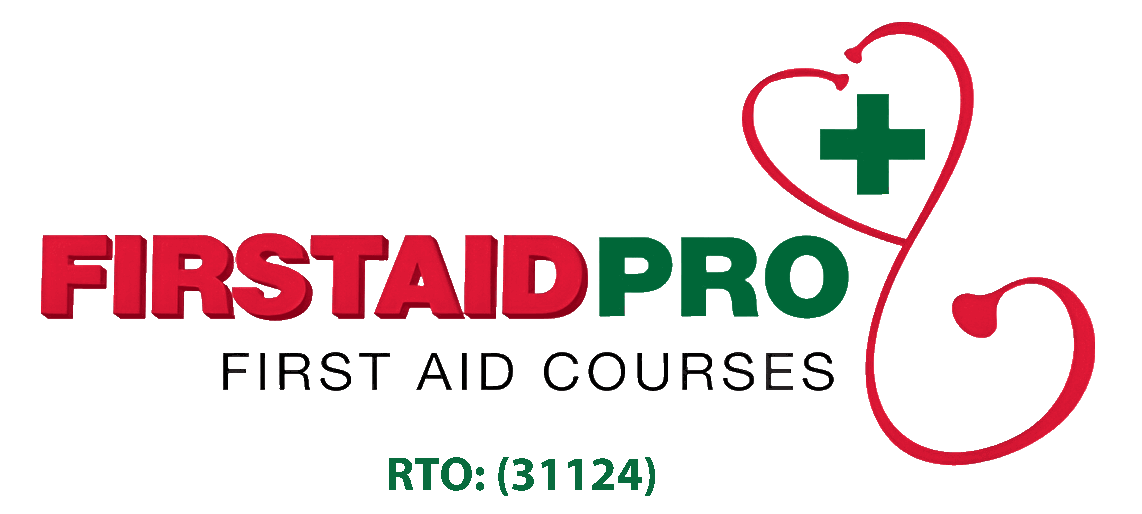Children often pay a visit to a paediatrician because of the appearance of skin rashes or red bumps on the skin. While rashes can differ, some do not bring harm, while others can have severe or life-threatening causes.
Continuous research and updates on treatment and vaccines cause these diseases to become less of a threat to a child’s health. However, any rash should be taken seriously and receive a proper evaluation from a doctor.
What is a Skin Rash?
The skin serves as a barrier that keeps the inside of the body in and keeps the outside world out. It is the largest organ of the body, filled with special immune system cells.
The cells found in the skin protect the body against exposure to viruses, bacteria, and other threats. Detection of any suspicious substance can cause these cells to begin a chain reaction, leading to skin inflammation.
The medical term used for the condition is “dermatitis,” also commonly known as a rash.
A skin rash is a reaction to several triggers, including contact with irritants, a drug reaction, an infection, or allergies.
Common things that cause skin dermatitis include latex, detergent, high-concentration chemicals, and poisonous plants (poison ivy, oak, or sumac). Allergens, environmental factors, and certain medical conditions can result in a skin reaction.
Skin rashes in children are common and are not usually a cause for concern. It is mostly harmless and disappears without the need for further treatment.
However, see a paediatrician once the child has a skin rash and seems unwell. The doctor will be able to investigate the cause and recommend necessary treatments.
Signs and Symptoms
Skin rashes may occur right away, while others will take some time to develop. It mainly occurs in the facial area and the arms, legs, and torso.
Common symptoms of skin rashes may include:
- Skin redness in the affected area
- Itchiness
- Flaking skin (dry, scaly, or crusted skin) from frequent scratching
- Small, fluid-filled blisters
- Broken skin infection
- Small bumps on the face, upper arms, and thighs
- Darkening of the skin
Skin Rashes Treatment
The appearance of skin rashes is immediately evident due to irritation and redness.
The location, appearance, and colour of the skin help determine skin the right diagnosis and proper treatment.
Find the Cause
Start with figuring out the cause of rashes, whether they come into contact with irritants or other triggers.
Clean the Skin area
After coming into contact with a substance that causes contact dermatitis, quickly wash the area with mild soap and clean water.
Rinse it with warm water and avoid scrubbing and rubbing the skin. Pat the skin dry and keep it uncovered.
Treat Symptoms
Use wet clothing to ease pain and itching on the skin rashes. Trim the child’s fingers or put on soft gloves to prevent scratching.
Apply hydrocortisone cream at least three times a day until the itch is gone. Take oral antihistamines to help interrupt the development of symptoms.
Consult with a pediatrician to determine the best course of treatment for the child.
If any time the child begins to experience shortness of breath, call triple zero (000) right away. Difficulty breathing may indicate a severe allergic reaction affecting the airway.
Rashes Prevention
Skin rashes can be difficult to avoid, but these tips can prevent some types:
- For exposure to poisonous plants, learn the cause and try to avoid it. It may also help to wear long sleeves and pants when spending time outdoors.
- When staying in places known for mosquitos, it helps to apply some insect repellent to a child’s skin.
- Use gentle cleansers and avoid rubbing the skin to prevent blister formation.
- Leave the affected area exposed to the air.
- When spending time under the sun, always wear sunscreen to avoid skin redness and itchy sunburns.
Conclusion
The skin protects the inside of the body and acts as the first line of defence against viruses.
Getting the right treatment for any significant skin rashes in children is essential. Although it has become less common over the years, it is crucial to be aware of the signs and symptoms of any skin condition.
For parents and child caregivers, consider getting first aid training. The course will cover topics in managing allergic reactions, anaphylaxis, and other child-related issues.
Book a first aid course today.
